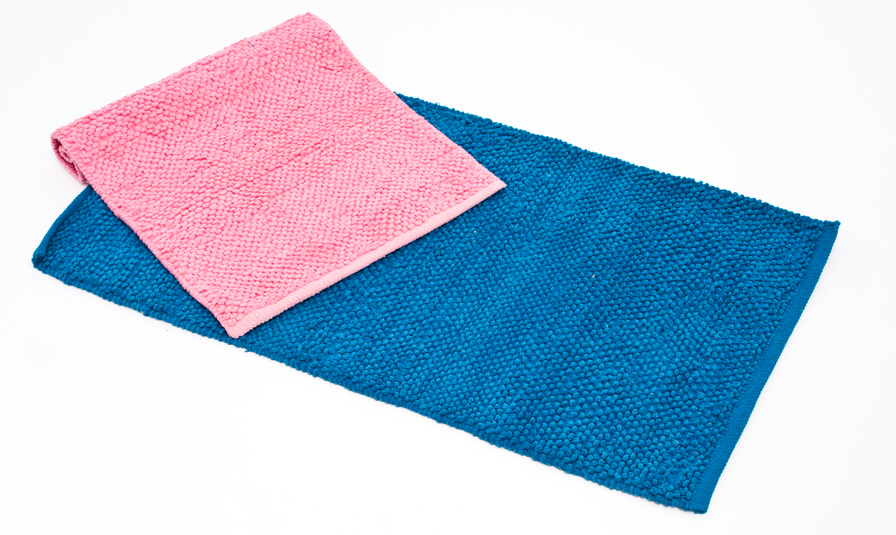From the 60s to the 80s, everyone was rushing to install wall to wall carpeting. Decorative, warm, comfortable, sometimes soft, they had everything. Synthetic fibres proliferated on Quebec floors.
Faced with the accelerated degradation of the environment, ecologists pushed carpets out of our houses. There are many reasons. Carpets cause a great deal of pollution, from manufacturing to use. Carpets are not biodegradable, don’t last long, can barely be recycled, contain numerous toxic chemicals and are made of petroleum products.
Health professional have added their grain of salt with a concrete argument: carpets can be dangerous for your health. They attract everything that floats in the air: dust, chemical residues, mites, humidity and even outdoor waste that sticks to soles. They also contain volatile organic compounds (VOCs) and sometimes turn into germ nests. That was the end for carpets. We see less and less.
Hardliners have tried to group rugs with enemies of the environment, but in vain. Today, certain rugs are made entirely of recyclable materials.
Do we necessarily have to get rid of carpets? No, there are solutions. So much that carpet lovers use an argument that is quite easy to defend: if carpets absorb everything in the air, the air is therefore healthy, That’s true as long as you don’t lay down on the carpet and you clean it regularly.
To limit the damages, you can always get a powerful vacuum cleaner, have the carpet cleaned regularly by a specialist as often as possible and air out the room in all seasons, but that requires discipline, time and money.

Limiting the carpet to a single room, the bedroom or living room, is another solution on the condition that it is regularly vacuumed, cleaned and aired. If not, you could opt for carpet tiles. You don’t have to remove the entire carpet for an area that is damaged or worn out. Simply replace the tile and you’re done.
To sell their products, manufacturers are making an effort to make their carpets less polluting and more in line with health standards. Moreover, the Canadian Carpet Institute has issued Green Label Plus certification, which indicates the level of VOCs in a carpet or rug.
Still, the best solution is to install a green carpet or rug. They have natural fibres and they are numerous. A slight disadvantage: They can be rough, but their many advantages greatly make up for it. They don’t tolerate excessive humidity very well, at least for the most part. Talk to an expert before you buy.
Wool is greatly appreciated. Soft, warm, comfortable, it’s easy to maintain and is not easily damaged. Jute is popular, but not very sturdy, so it should be avoided in high traffic areas. Sisal is also widespread, often as carpet.
Reed is very durable and doesn’t stain. Coconut fibre astonishes with its aesthetic aspect, even though it is a bit stiff and rough. There’s also banana fibre, abaca, seagrass, hemp, natural rubber, organic cotton.
A little expensive maybe, but these natural fibres do not have any health risks and contribute to the planetary fight against the degradation of the environment.
Photos: iStock

